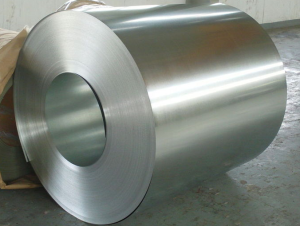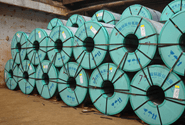
SMU Price Ranges: A newsy week sees modest price gains despite a quiet spot market
Market participants predicted that prices should be at or near a bottom. But while most seemed to agree on that point, many also said they saw little upside given a quiet spot market and ongoing concerns about demand.













